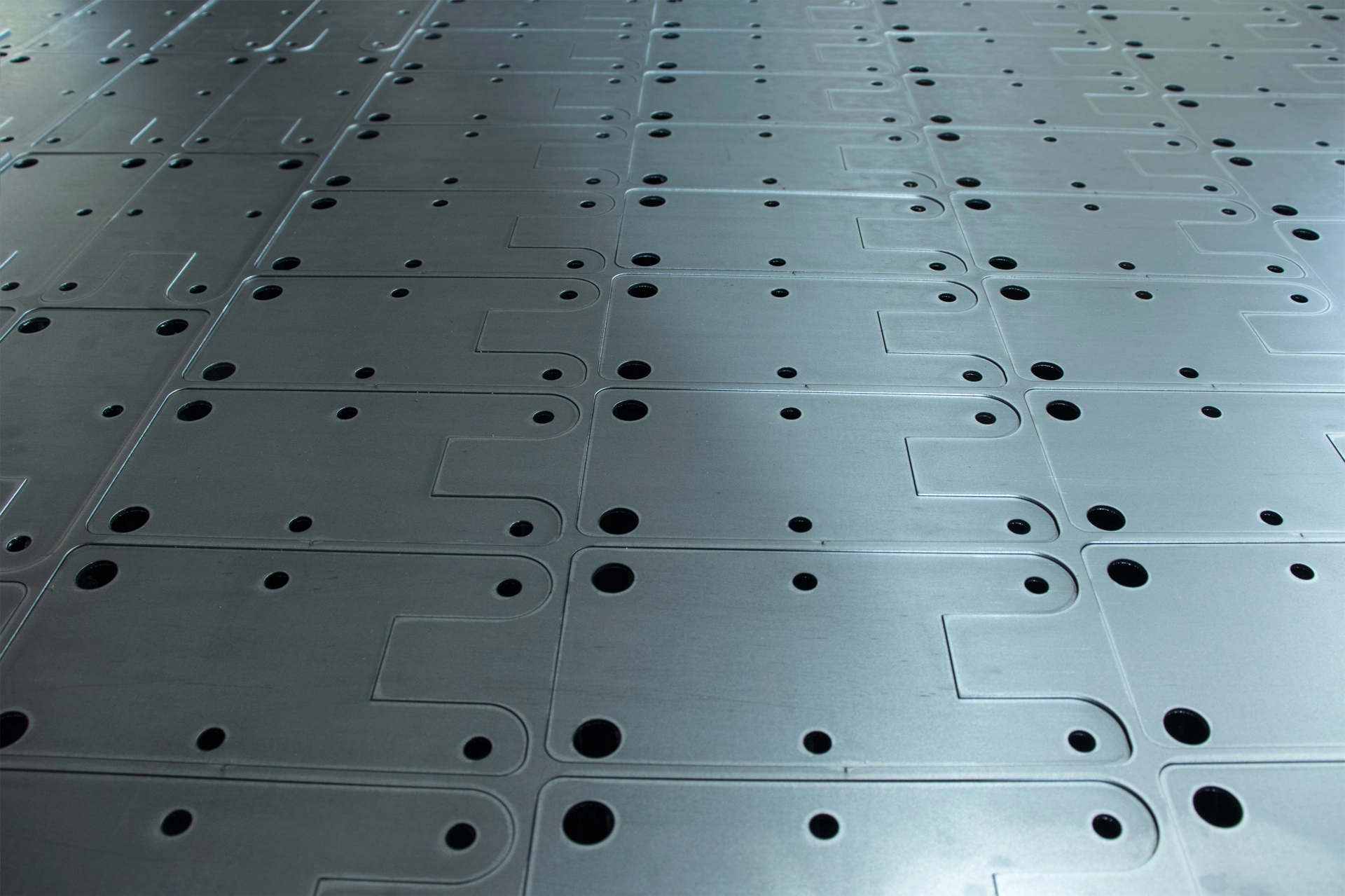Comprehensive Guide to Stainless Steel

Composition and Properties
At its core, stainless steel is an alloy of iron with a minimum of 10.5% chromium. This chromium content is crucial as it forms a protective layer of chromium oxide on the surface when exposed to oxygen, giving stainless steel its signature corrosion resistance. Other elements like nickel, molybdenum, titanium, and copper are often added to enhance specific properties.
Stainless steel's key properties include corrosion resistance, heat resistance, and aesthetic appeal. It maintains its strength at high temperatures and in extreme environments, making it suitable for a wide range of applications. The material is also known for its hygiene benefits, as its non-porous surface is easy to clean and resistant to bacterial growth.
Types of Stainless Steel
There are several types of stainless steel, each with unique properties suited for different applications. The most common types include:
Austenitic Stainless Steel: This is the most widely used type, known for its excellent corrosion resistance and formability. It's non-magnetic and contains high levels of chromium and nickel. The 300 series, including the popular 304 and 316 grades, falls into this category.
Ferritic Stainless Steel: Containing only chromium, this type is magnetic and less expensive than austenitic varieties. It offers good corrosion resistance and is often used in automotive and kitchen appliances.
Martensitic Stainless Steel: This type can be hardened through heat treatment, making it suitable for applications requiring high strength and moderate corrosion resistance, such as knife blades and surgical instruments.
Duplex Stainless Steel: Combining properties of austenitic and ferritic steels, duplex stainless steel offers high strength and good corrosion resistance, making it ideal for chemical processing equipment and offshore oil rigs.
At Fabworks, we offer laser cutting services for 304-2B stainless steel, a popular choice for its excellent balance of properties. This grade is weldable, formable, and resistant to oxidation, making it suitable for a wide range of applications from food service equipment to architectural elements.

Applications
Stainless steel's versatility makes it valuable across numerous industries. In the food and beverage industry, it's used for cooking utensils, food processing equipment, and commercial kitchen fixtures due to its hygienic properties and corrosion resistance.
The medical field relies on stainless steel for surgical instruments, implants, and hospital equipment, benefiting from its sterility and durability. In architecture and construction, stainless steel is used for both structural and decorative purposes, from building facades to handrails and elevator interiors.
Stainless steel is also crucial in chemical and petrochemical industries, where its corrosion resistance is essential for handling various chemicals and processes. In transportation, it's used in the automotive industry for exhaust systems and in the aerospace sector for aircraft components.
Fabrication and Processing
Stainless steel can be fabricated using various methods, including welding, machining, and forming. However, laser cutting has emerged as a preferred method for many applications due to its precision and versatility. Fabworks' laser cutting service for stainless steel allows for intricate designs and tight tolerances, making it ideal for both prototype and production runs. When it comes to finishing, stainless steel offers numerous options. It can be polished to a mirror-like shine, brushed for a matte finish, or even colored through various processes. The choice of finish can significantly impact both the appearance and performance of the final product.
Advantages and Considerations
The primary advantages of stainless steel include its corrosion resistance, durability, and low maintenance requirements. It's recyclable, making it an environmentally friendly choice. The material's aesthetic appeal and long lifespan often make it a cost-effective option despite higher initial costs compared to some alternatives.
However, there are considerations to keep in mind. Stainless steel can be more expensive than other materials, and certain grades may be susceptible to specific types of corrosion in extreme environments. Proper selection of the right grade for each application is crucial to ensure optimal performance.
Summary
Stainless steel continues to be a material of choice across various industries due to its unique combination of properties. As technology advances, new grades and applications of stainless steel are being developed, ensuring its relevance in the future of manufacturing and engineering. Understanding the properties and types of stainless steel is key to harnessing its full potential in any project or application.
Whether you're considering stainless steel for a new project or looking to optimize an existing design, understanding its properties and capabilities is crucial. Fabworks' expertise in laser cutting stainless steel can help bring your designs to life with precision and efficiency, ensuring your project leverages all the benefits this remarkable material has to offer.
How to Prevent Rust on Laser Cut Parts
Discover effective strategies to prevent rust on laser cut metal parts, from material selection and protective coatings to design tips and post-production care.
Guide to Designing Parts for Tapping
Mastering tapping in sheet metal design can significantly enhance mechanical integrity and durability. Learn the essentials for creating precise, reliable connections and ensure your projects succeed.
Fast Track Your Project .
Seamless process, unparalleled precision, unbeatable speed. Turn your design into reality by beginning your journey with us today.
or drag and drop
.STEP / .STP up to 25MB
Your file are safe, secure and retain all intellectual rights.